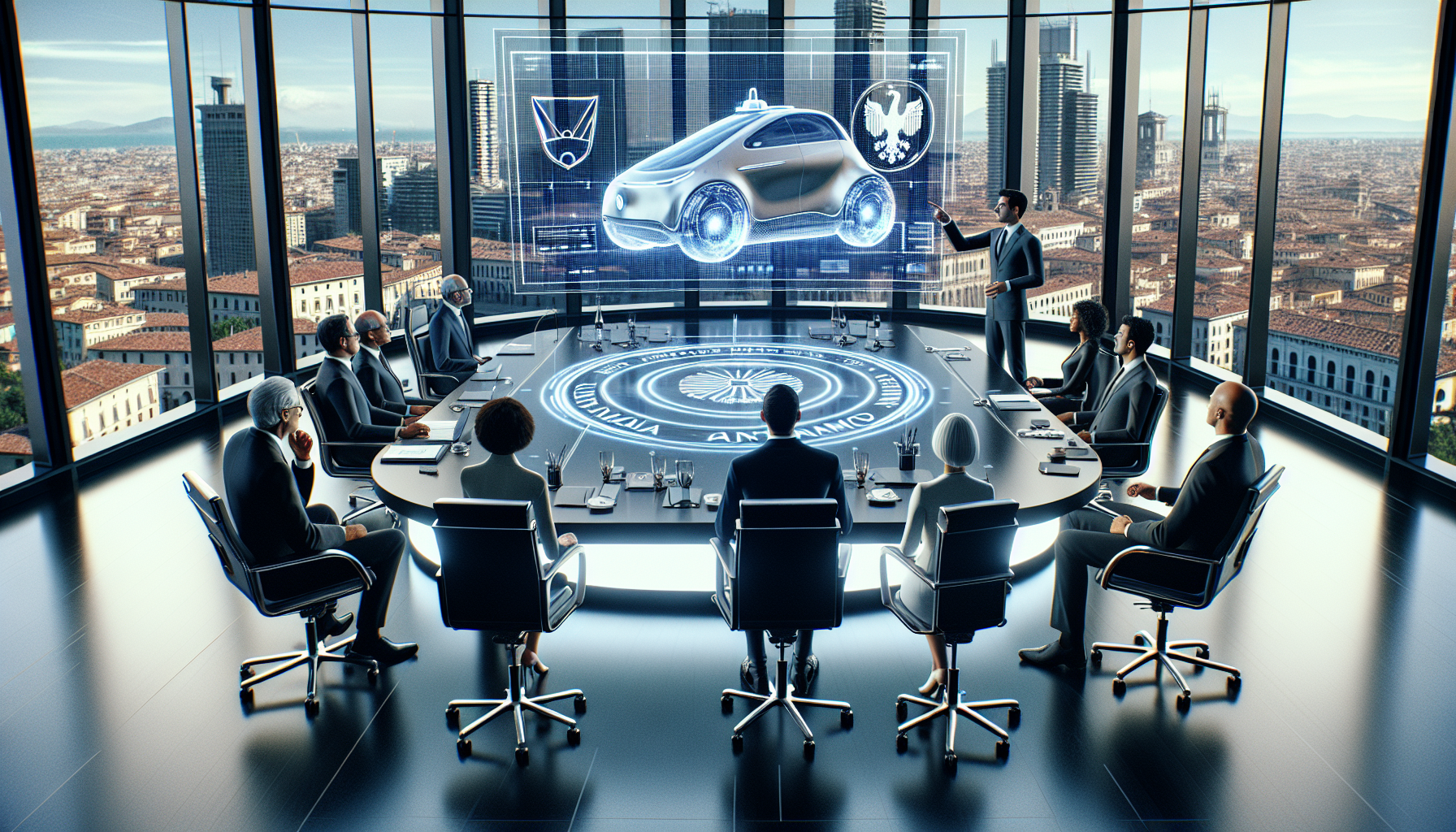
The hype around self-driving cars in Italy isn’t just about tech; it’s about politics too. Over 60 Italian mayors are jumping into the fray, declaring their territories as testing grounds for autonomous vehicles. Just because a bunch of mayors sign on doesn’t mean Italy will leap ahead in self-driving tech. There’s more to it than rallying political support.
Europe’s lagging behind the U.S. and China in this arena is nothing new. Waymo’s racking up 250,000 rides weekly in just four U.S. cities, while China has 20 pilot cities with millions of miles under their belt. Europe, on the other hand, is stuck in regulatory quicksand, with 400 fragmented projects that barely make a dent.
The real issue? Europe’s unable to capitalize on its single market due to 27 different traffic laws. It’s a bureaucratic nightmare. While the U.S. and China pour billions into this tech, Europe dithers with small-scale public initiatives. And don’t get me started on Italy’s highway code, which focuses on scooters and drunk driving rather than future-proofing for autonomous vehicles.
Let’s talk insurance. In Italy, insurers won’t touch self-driving cars for public use, and European regulations restrict vehicle deployment. It’s a bureaucratic quagmire; even testing a delivery robot feels like a trip to Mars. And while there’s chatter about Europe repeating past mistakes in tech adoption, the continent seems content to play catch-up rather than lead.
Some European politicians argue for finding strategic niches aligned with sustainability goals rather than surrendering to U.S. and China’s tech dominance. But talk is cheap. The real question is whether Europe can turn policy debates into actionable steps—investments, regulatory simplification, and public buy-in.
Italy’s mayors betting on autonomous driving need more than just optimism. They need a coordinated European strategy. Without it, Europe risks being left in the dust of a revolution already in motion.


